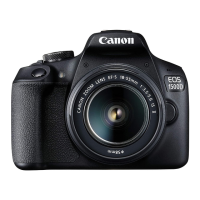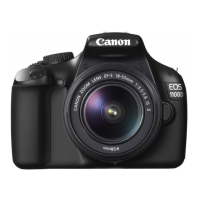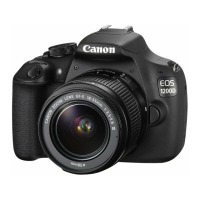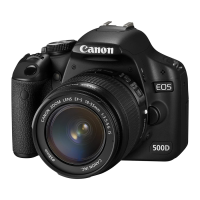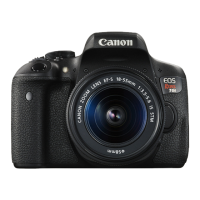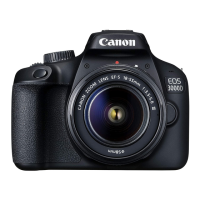196
Set exposure compensation if the exposure (without flash) does not come out
as desired. This feature can be used in Creative Zone modes (except <
a
>).
You can set the exposure compensation up to ±5 stops* in 1/3-stop increments.
If the <
a
> mode and ISO Auto are both set, see page 192 to set the exposure
compensation.
* In Live View shooting/movie shooting, or when [s: Shooting screen] is set to
[Guided], exposure compensation can be set up to ±3 stops.
1
Check the exposure level indicator.
Press the shutter button halfway
(0) and check the exposure level
indicator in the viewfinder or on the
LCD monitor.
2
Set the compensation amount.
If the exposure is too dark, turn the
<
6
> dial clockwise while holding
down the <
g
> button (for increased
exposure).
If the exposure is too bright, turn the
<
6
> dial counterclockwise while
holding down the <
g
> button (for
decreased exposure).
3
Take the picture.
To cancel the exposure
compensation, set the compensation
amount back to <E>.
Setting the Desired Exposure Compensation
N
Increased exposure
for a brighter image
Decreased exposure
for a darker image
If [z2: Auto Lighting Optimizer] (p.169) is set to any setting other than
[Disable], the image may still look bright even if a decreased exposure
compensation for a darker image is set.
The set exposure compensation level will not be applied to movie shooting.
When you set the power switch to <2>, the exposure compensation
setting will be canceled.
The exposure compensation amount displayed in the viewfinder goes up
to only ±2 stops. If the exposure compensation amount exceeds ±2
stops, the end of the exposure level indicator will display <I> or <J >.
If you want to set exposure compensation exceeding ±2 stops, setting it
with [z2: Expo.comp./AEB] (p.197) is recommended.

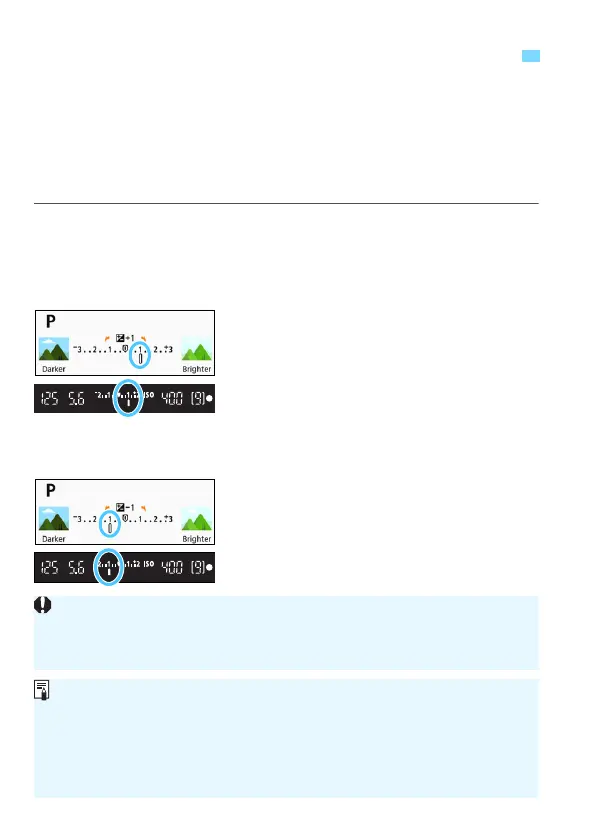